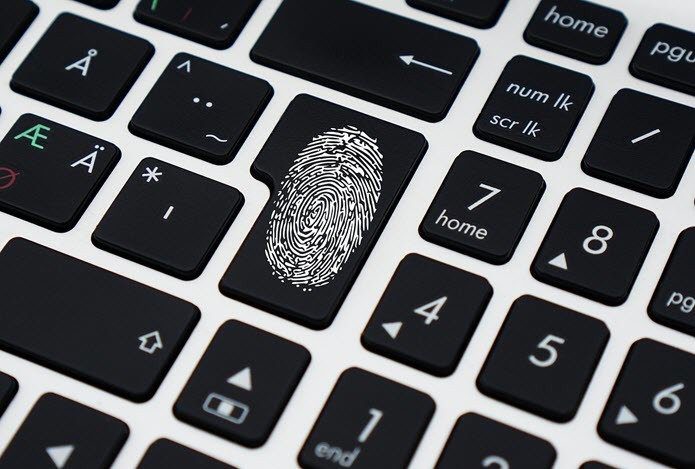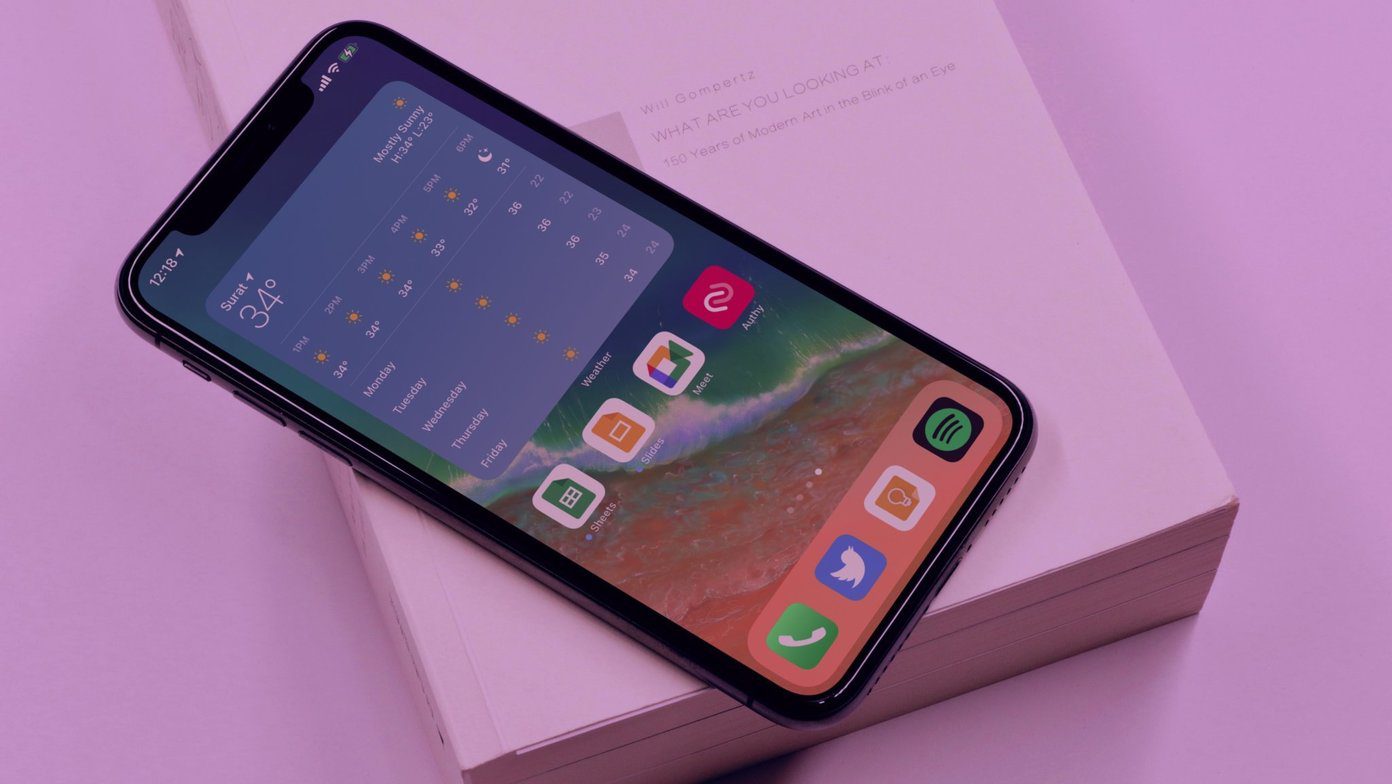If, like me from the past, you’re not sure what this brouhaha surrounding fake chargers is about, let me walk you through it. More from GT Explains: Learn more about encryption on iOS and Android, Bitcoin, and Markdown in our GT Explains series.
Cheap Chargers Cut Corners
When an official iPhone charger costs $20 and a fake one costs $1-3, there’s clearly something wrong going on here. Sure, Apple is known to charge a ridiculous premium on their products, and no it didn’t take them nearly as much to produce it. But I think in the grand scheme of things, paying that $20 is not a bad idea. In the recent past, there have been countless reports of fire hazards and even deaths due to fake chargers. It’s gotten so bad that Apple has an official program to replace fake chargers. These knock-offs cut corners where they really shouldn’t. They don’t have insulation tapes, protective cases, or are just poorly designed. Some leak electricity so you can literally feel the current if you put your hands on them. An unlocked iPhone costs $650, and one on contract is $200. Paying $20, less than 10% of the price for a reliable charging experience doesn’t sound so bad.
They Might Destroy Your Phone
Because fake chargers can be erratic in nature when it comes to supplying electricity, they might just end up nuking your whole phone. Your phone’s processor might end up fried. Some people have seen their phones explode as well.
Fake Lightning Cables Don’t Perform Well
If you bought a fake lightning to USB cable or are using the one with your fake charger to sync data with a computer, you’ll see a notification on your iPhone saying this accessory is not compatible. In fact, it happens when you’re charging with a knock-off as well. And it’s very annoying. The new Lightning connectors have a chip built-in for authentication. A chip that counterfeit chargers don’t include. This annoying notification and sound was enough for me to give up on fake Lightning cables. Instead I went for MFi cables, the third party lightning cables that Apple officially supports. They’re not that much cheaper than what Apple offers but they are available in black color, have a much stronger cord, and some are even double in length. The one that I have doubles as a Micro USB charger as well!
How to Spot a Knock-Off Charger
Apple chargers usually have the words “Designed in California” etched on the back. You can also try verifying the product code before buying. The biggest tell of course will be the cheap price tag. Fake chargers try to get as close to the official look as possible but they’re not exactly similar. You’ll find subtle differences between the two if you look closely. Ken Shirriff has a really good breakdown on the differences between real and fake chargers.
Have You Ever Bought a Fake Charger?
Did you ever buy a fake charger? How was your experience? Did you learn your lesson? Let us know in the comments below. The above article may contain affiliate links which help support Guiding Tech. However, it does not affect our editorial integrity. The content remains unbiased and authentic.











